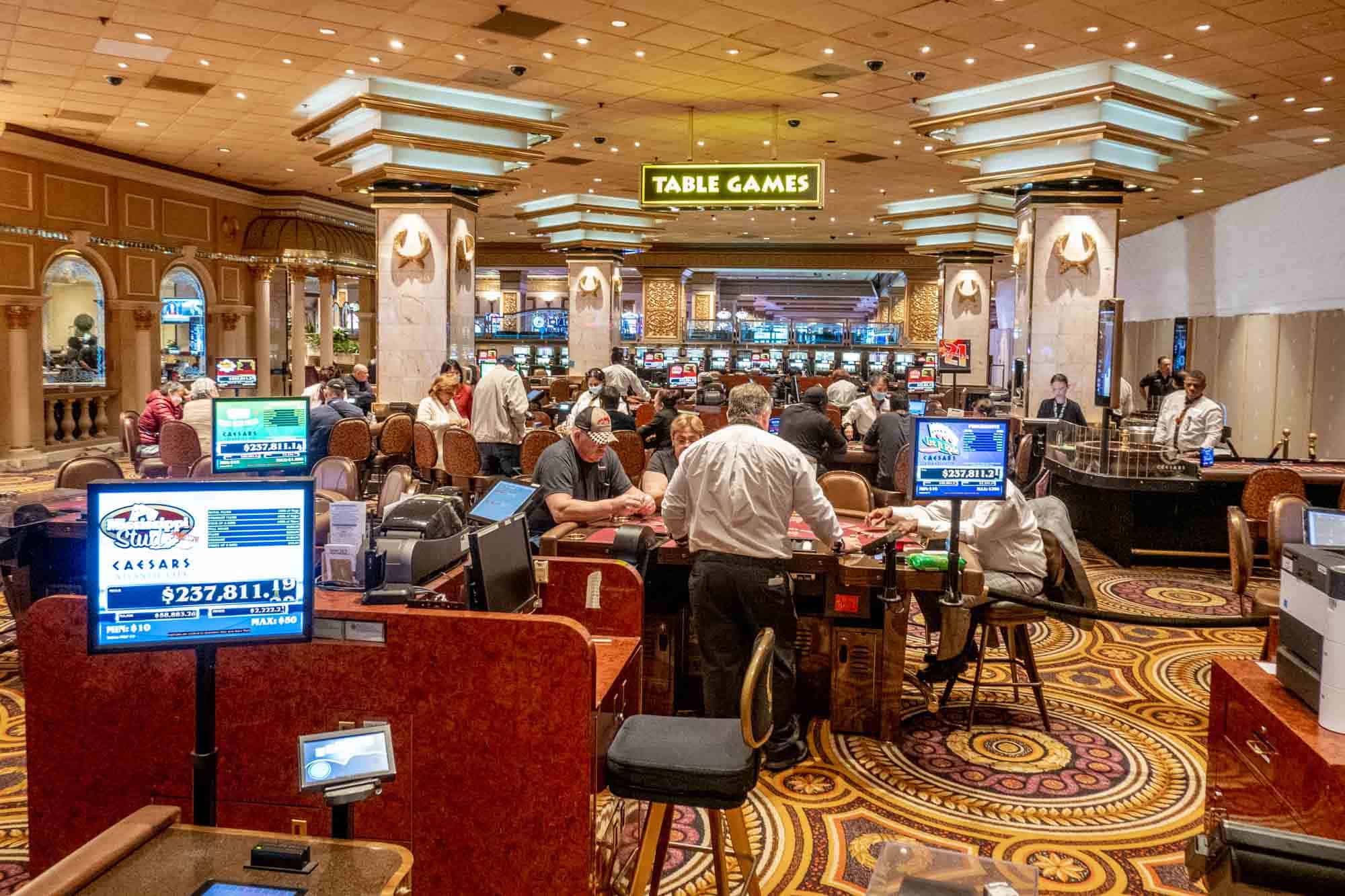Casino games have long captivated people’s attention, drawing players into a realm filled with fortune, strategy, and the allure of excitement. Each experience is painstakingly crafted not just for enjoyment, but also to elicit particular emotional responses that keep gamblers engaged and committed. Understanding the reasons behind these designs reveals much about how psychology plays a vital role in the gaming experience. 8DAY
From the bright lights and vibrant sounds to the complex layering of guidelines and payoffs, casino games are designed to create an atmosphere of thrill and eagerness. Game designers leverage behavioral strategies to influence participant behavior, whether through the use of jackpots, close-call situations, or community engagement. By examining these factors, we can better appreciate how casino games fulfill not just a need for entertainment, but deeper psychological needs for thrill and uncertainty.
Comprehending Player Actions
Casino games are designed with a deep grasp of gamer psychology, which is essential for attracting and keeping players. The thrill of the game, alongside the hope of winning, produces a strong draw. Game designers utilize elements like audio cues, vibrant graphics, and immersive gameplay to seize attention and evoke emotional responses. These sensory effects enhance the total environment, making players feel more invested in the game.
Another important aspect of player behavior is the concept of risk and reward. Casino games often manage risky situations with the potential for considerable rewards, which can lead to the occurrence known as near-miss phenomenon. When players come within reach to winning, the brain secretes dopamine, strengthening their behavior and motivating them to continue playing in search of that elusive win. This cycle of anticipation and frustration plays a critical role in how games are designed and advertised.
Lastly, community aspects also play a critical role in player behavior at casinos. Many games are designed to be played in pairs or alongside other players, creating a sense of togetherness and collective experience. The interaction inherent in games like blackjack enhances enjoyment and can culminate in longer play sessions. Designers take advantage on this by designing environments that prompt players to stay, socialize, and come back, making the overall casino experience more attractive.
The Role of Imagery and Audio
Visuals and audio play a significant role in elevating the player’s experience within gambling games. Designers utilize bright colors, striking graphics, and captivating animations to attract players’ attention and maintain their focus. The use of motifs, such as exploration or opulence, helps create an immersive atmosphere that takes players into another world. By connecting to the senses, these elements add to a intensified emotional response, encouraging players to interact more profoundly with the games.

Sound design is just as important in enhancing the overall experience of casino games. The combination of ambient music, audio effects for winning combinations, and ambient noises creates an auditory landscape that keeps players enthralled. Audio cues associated with wins, such as ringing bells or festive music, evoke feelings of thrill and satisfaction, encouraging players to continue playing. These audio cues are carefully placed to amplify the thrill of the game and create a more immersive experience.
Moreover, the alignment of visuals and sound is crucial for reinforcing the game’s overall concept and atmosphere. Each element should coordinate harmoniously to create a unified experience that pulls players in. The effective use of this synergy not only improves user satisfaction but also increases the likelihood of repeat play, as players become more invested in the captivating world that the casino games offer. This thoughtful combination of imagery and sound ultimately enhances player involvement and commitment.
Reward Systems and Participation
The creation of casino games significantly depends on incentive structures to ensure participants involved and coming back for additional experiences. These systems are rooted in psychological principles that take advantage of human behavior and desire. Participants are often motivated by the excitement of success, which is supported by instant responses through the game’s mechanics. This instant gratification not just enhances the overall experience but also fosters a sense of achievement, prompting participants to continue participating in hopes of greater gains.
Gaming establishments utilize various reward structures, such as jackpots, bonuses, and multipliers, to engage players. These features create a layer of excitement that maintains interest. Additionally, the unpredictability of outcomes plays a significant role in keeping attention. The intermittent reinforcement schedule, where wins are unpredictable but happen often enough, maintains players on edge and motivated to continue participating. This cycle of anticipation and expectation is essential to the success of gambling experiences.
Moreover, social elements, such as tournaments and collaborative options, boost the participation factor by tapping into the competitive nature of players. The communal aspect of playing with others can intensify the excitement of success and create a sense of community within the casino. By combining these community elements with efficient reward systems, casino games don’t just provide entertainment but also nurture a deeper connection among participants, reinforcing their loyalty to the gaming experience.